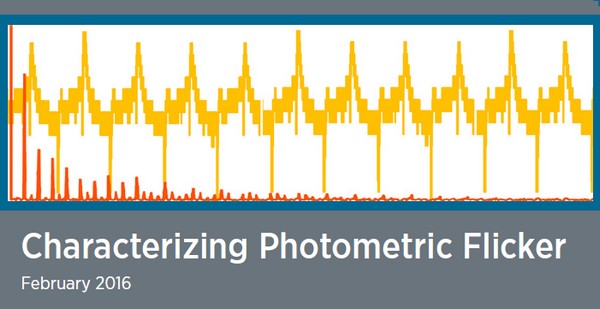The U.S. Department of Energy (DOE) has published a report on the performance of newly commercially available flicker meters. The purpose of the study was simply to report on the availability and performance of these meters. Flicker is garnering increased attention across the lighting community, and gaining a better understanding of why flicker matters and how much it varies among lighting products is becoming more and more essential to proper lighting design.
 |
|
DOE releases its latest report on flicker meter measurements. (Photo courtesy of DOE) |
In the DOE study, commercial-meter measurements and calculations were compared against those generated by a photoelectric characterization system developed by the Pacific Northwest National Laboratory. The results show that the three commercially available flicker meters measured light-intensity waveforms and calculated essential flicker-performance characteristics and metrics similarly, both to each other and to the reference meter chosen as an accuracy benchmark.
Some differences in performance were found, however, and the results are detailed in the report posted online, along with recommendations for characterizing lighting products for flicker. While the results of this report may be of interest to many lighting-industry stakeholders, the intended audience includes lighting and meter manufacturers, test laboratories, and standards and specification bodies. It's hoped that this report furthers interest in measuring and reporting flicker, thereby enabling the use of flicker characteristics to mitigate the potential effects of flicker in lighting installations and accelerating the development of standard test and measurement procedures. The commercial availability of flicker meters should make it easier for designers and specifiers to minimize the risk of flicker-induced problems in the near future.
You can find out more about flicker and download the full report on the DOE SSL website.












